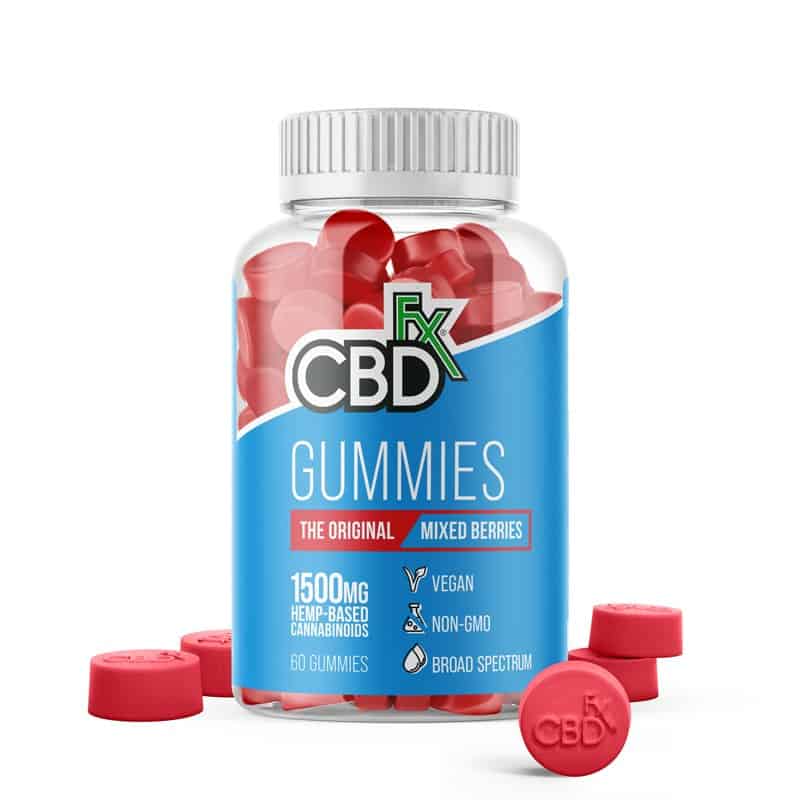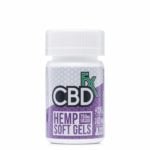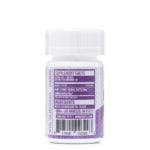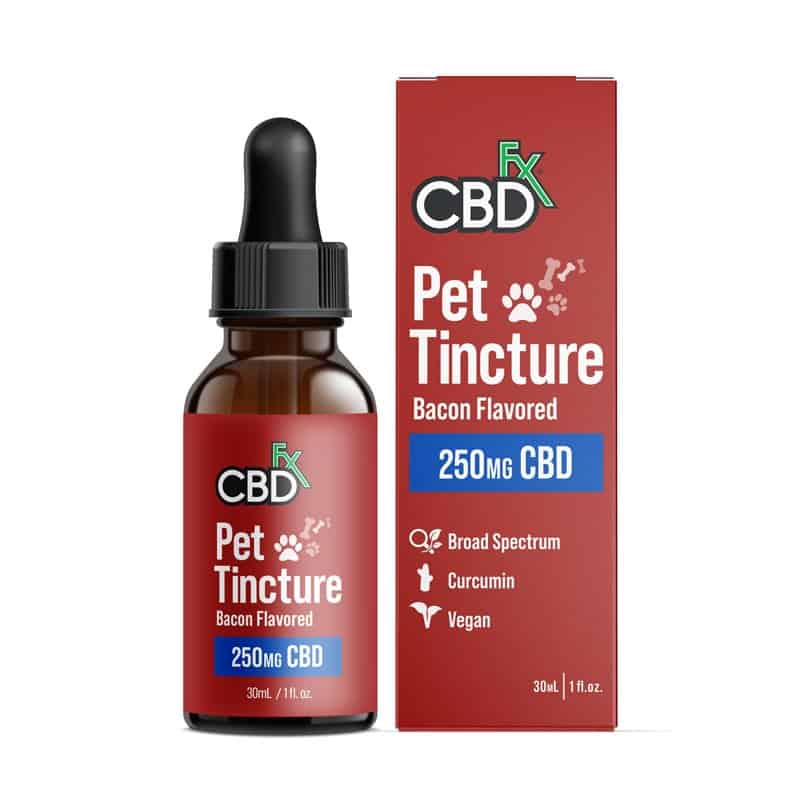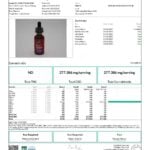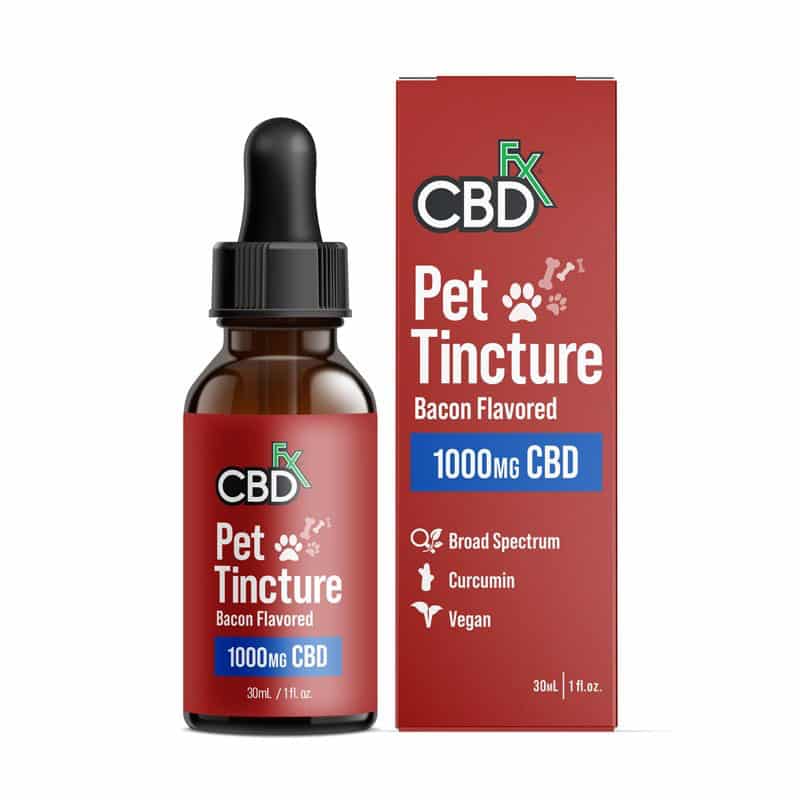
Understanding Nicotine Levels in Vaping: A Comprehensive Guide
In recent years, vaping has surged in popularity, with millions of individuals turning to electronic nicotine delivery systems (ENDS) as an alternative to traditional cigarettes. This shift represents a significant transformation in the way people consume nicotine.
Amid this vaping revolution, it is crucial for both newcomers and experienced vapers to comprehend the nuances of nicotine levels in vaping products. This comprehensive guide aims to shed light on the intricate world of nicotine strength and its implications for your vaping experience and overall health.
Before delving deeper, let’s clarify some key terms. Nicotine, the central player in this discussion, is available in different forms, including freebase nicotine and nicotine salt. Nicotine concentration varies across vaping products, influencing nicotine delivery and absorption. We will explore these terms and concepts in detail.
This post is intended as information and for general knowledge only. It is not a substitute for medical advice, diagnosis, or treatment. It is recommended that you talk to a healthcare professional about this before introducing cannabinoids into your daily routine (especially if you have been diagnosed with any medical conditions or are under any medication). It is not recommended to drive or operate any machinery when using cannabis- or hemp-derived products. Use responsibly!
Nicotine Basics
Nicotine The Central Player
Nicotine, a naturally occurring compound found in tobacco, is the primary reason people use tobacco products. It is a highly addictive substance that stimulates the release of dopamine in the brain, leading to pleasurable sensations and, eventually, dependence.
Freebase Nicotine vs Nicotine Salt
In the realm of vaping, there are two main forms of nicotine: freebase nicotine and nicotine salt. Freebase nicotine, commonly used in traditional cigarettes, has a higher pH level, resulting in a harsher throat hit. On the other hand, nicotine salt, often used in nicotine pouches and some e-liquids, has a lower pH, providing a smoother and less harsh vaping experience.
Nicotine Concentration in Vaping Products
Nicotine concentration refers to the amount of nicotine present in a vaping product, typically measured in milligrams per milliliter (mg/ml). Understanding this metric is crucial, as it determines the strength of nicotine you will inhale while vaping.
Nicotine Delivery and Absorption
The way nicotine is delivered and absorbed in your body varies depending on the product. This affects the speed and intensity of the nicotine’s effects. In vaping, nicotine is aerosolized and inhaled, rapidly entering the bloodstream through the lungs, resulting in a quicker and more efficient nicotine delivery compared to traditional cigarettes.
Nicotine Levels in Vaping Products
Vape Juice and E-Liquid
Components of Vape Juice
Vape juice, also known as e-liquid, is the core element of e-cigarettes. It typically consists of four main components: nicotine, propylene glycol (PG), vegetable glycerin (VG), and flavorings. Nicotine content is one of the critical components to consider when choosing your e-liquid.
Nicotine Content in E-Liquids
E-liquids come in various nicotine strengths, ranging from as low as 0 mg/ml (nicotine-free) to well over 50 mg/ml for those seeking a potent nicotine hit. The right nicotine level for you depends on your previous smoking habits and personal preferences.
Different Nicotine Strengths Available
E-liquids offer a wide range of nicotine strengths, including 3 mg/ml for light smokers, 6 mg/ml for moderate smokers, and 12 mg/ml or higher for heavy smokers transitioning to vaping. Selecting the appropriate strength is essential for a satisfying and effective vaping experience.
Nicotine Pouches
Nicotine Pouches vs Traditional Cigarettes
Nicotine pouches are a discreet and smokeless alternative to both vaping and traditional cigarettes. They contain nicotine salt and come in various strengths, mimicking the nicotine delivery of traditional cigarettes without the need for combustion.
Nicotine Strength Variations
Nicotine pouches are available in a range of strengths, typically from 2 mg to 8 mg per pouch. Users can choose a strength that matches their previous tobacco cigarette consumption, helping them manage nicotine cravings effectively.
Electronic Cigarettes and Vape Kits
Types of Vape Kits
Electronic cigarettes, commonly referred to as e-cigarettes, come in various shapes and sizes. There are disposable e-cigarettes and refillable vape kits, each offering different options for nicotine delivery.
Adjustable Nicotine Levels
Many advanced vape kits allow users to adjust nicotine levels by using different e-liquids or nicotine shots. This flexibility empowers vapers to tailor their nicotine intake to their specific needs and preferences.
Right Nicotine Strength for Different Users
Finding the right nicotine strength in vape kits is crucial for both new and experienced e-cigarette users. Beginners are advised to start with lower nicotine strengths and gradually increase if needed, while heavy smokers may initially opt for higher strengths before tapering down.
Nicotine and Health
Smoking vs Vaping A Comparative Analysis
Tobacco Cigarettes and Their Dangers
Traditional cigarette smoking is associated with numerous health risks, including lung cancer, cardiovascular diseases, and respiratory problems. Understanding these risks has led many smokers to explore less harmful alternatives like vaping.
Electronic Nicotine Delivery Systems (ENDS)
Vaping, as an alternative to smoking, has been touted as a potentially less harmful option. Research on its long-term health effects is ongoing, but it is generally considered a safer choice due to the absence of combustion and the reduction of harmful chemicals found in tobacco smoke.
Nicotine Addiction and Dependence
Smoking Habit and Nicotine Craving
Nicotine addiction is a significant challenge for smokers. The ritualistic habit of smoking, combined with nicotine’s addictive properties, makes quitting difficult. Vaping offers smokers a way to satisfy nicotine cravings without the harmful consequences of tobacco smoke.
Quitting Smoking and Vaping
Many former smokers have successfully quit smoking by transitioning to vaping and gradually reducing their nicotine consumption. Vaping provides a means to manage withdrawal symptoms and offers a more controlled approach to quitting.
Nicotine Control and Regulations
Efforts by Tobacco Control Organizations
The Role of the American Lung Association
Organizations like the American Lung Association play a crucial role in educating the public about the dangers of smoking and advocating for tobacco control policies. They also provide resources and support for individuals looking to quit smoking or vaping.
Disease Control and Prevention
The Centers for Disease Control and Prevention (CDC) closely monitors vaping trends and investigates vaping-related outbreaks. Their efforts focus on understanding the health implications of vaping and informing the public about potential risks.
Government Regulations on Nicotine
Regulating Nicotine Levels in Vaping Products
Governments worldwide have implemented regulations to control nicotine levels in vaping products, particularly concerning nicotine pouches and e-liquids. These regulations aim to strike a balance between harm reduction for smokers and preventing youth nicotine addiction.
Impact on Vaping Industry and Users
Regulations can have significant implications for the vaping industry and its consumers. Stricter controls on nicotine levels may limit choices for vapers, but they also serve to safeguard public health and prevent underage access to nicotine products.
Making Informed Choices
Finding the Right Nicotine Strength
Factors to Consider
When selecting a nicotine strength, consider factors such as your previous smoking habits, nicotine cravings, and personal preferences. It’s essential to choose a strength that satisfies your nicotine intake without overdoing it.
Adjusting Nicotine Consumption
Vapers have the advantage of adjusting their nicotine consumption as needed. If you find yourself using higher nicotine levels, consider gradually reducing the strength to work toward nicotine independence.
Reducing Nicotine Exposure
Lower Nicotine Strength Options
For vapers looking to reduce nicotine intake, lower nicotine strength options are available. Gradually stepping down to lower strengths can help you taper off nicotine entirely.
Quitting Vaping and Smoking Altogether
Ultimately, the goal for many vapers is to quit vaping and smoking altogether. Seek support from healthcare professionals and smoking cessation programs to embark on a journey toward a nicotine-free life.
Understanding Nicotine Levels for a Safer Vaping Experience
Monitoring Nicotine Intake
Regularly monitoring your nicotine intake is crucial to avoid excessive consumption. Be mindful of the nicotine content in your chosen vaping products and make adjustments as necessary.
Choosing Suitable Vaping Products
Select vaping products that align with your goals, whether that’s harm reduction, nicotine cessation, or simply enjoying the vaping experience. Make informed choices that prioritize your health and well-being.
Conclusion
Recap of Key Points
Understanding nicotine levels in vaping is essential for making informed choices about your nicotine consumption. Whether you’re a smoker looking to quit or a vaper seeking to reduce nicotine intake, knowledge about nicotine strengths and their effects is your best tool.
Empowering E-Cigarette Users to Make Informed Decisions
Empowerment through knowledge is central to navigating the world of vaping and nicotine. By understanding the nuances of nicotine levels, users can take control of their health and make choices that align with their goals and preferences.
The Future of Nicotine Control and Public Health
As the vaping landscape continues to evolve, ongoing research, government regulations, and the efforts of organizations like the American Lung Association will shape the future of nicotine control and public health. By staying informed and making responsible choices, individuals can contribute to a safer and healthier vaping environment.








